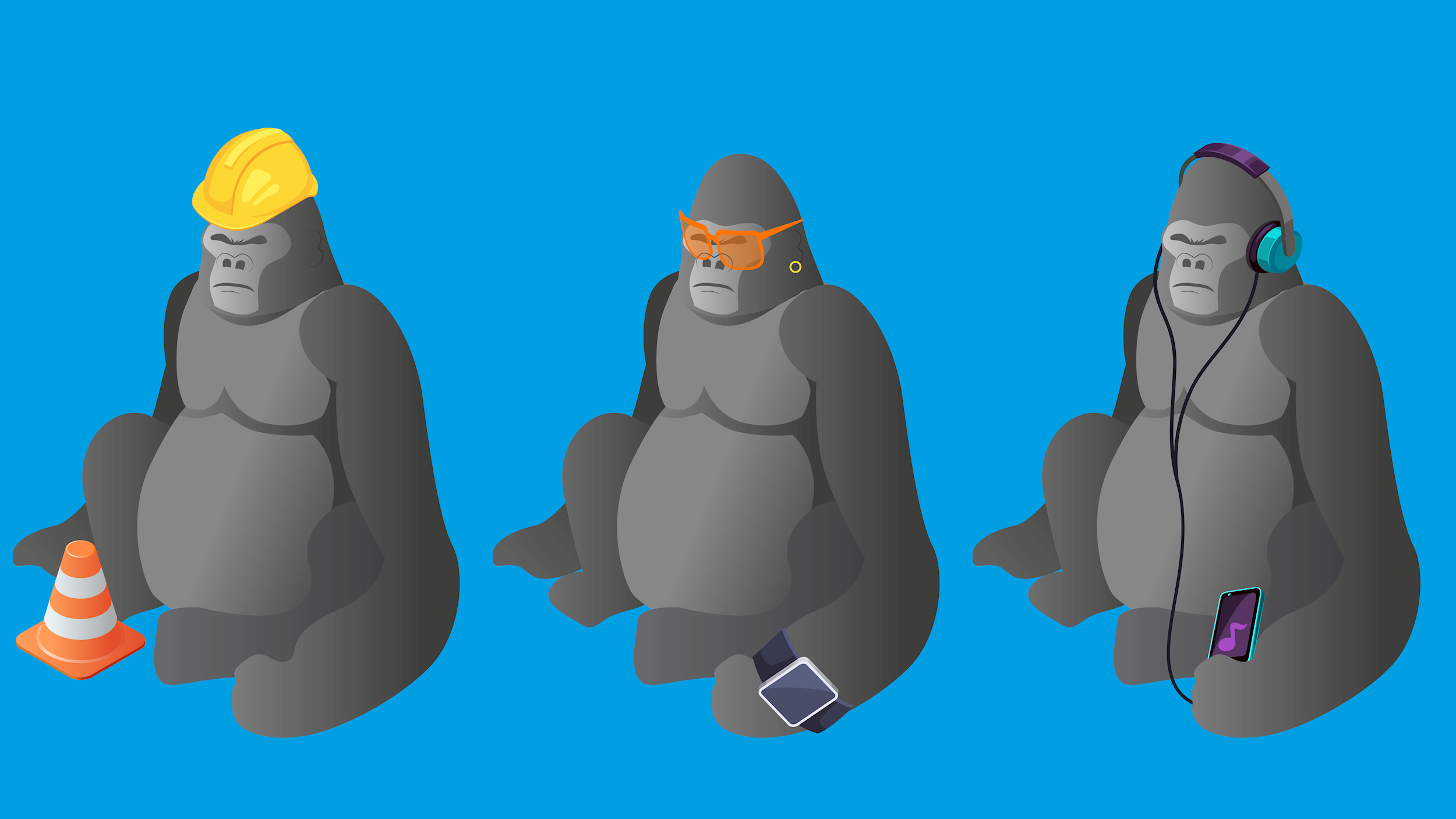Quite simply, a blockchain is a digital chain of blocks containing information. Its purpose is to record transactions or purchases across a network for tangible or intangible assets (eg. intellectual property, copyrights) just like an old-school ledger book. It can seem like a complicated piece of technology, especially when there is so many contrasting ideas around it. So, we have debunked some of the most common myths and misconceptions around blockchains.
-
Blockchains are only used for cryptocurrency
No way! The idea of a blockchain is not actually as new as cryptocurrency – it dates back to the early 1990s in fact. But blockchain functionality was largely unused until 2009 for Bitcoin transactions, hence the correlation between the two. Blockchains have been primarily utilised by Bitcoin and other cryptocurrencies but can be used for many other applications beyond the financial world.
Moreover, blockchain technology is being used in different industries like pharmaceuticals, retail & manufacturing, agriculture, and technology. For example, in supply chains, it can be used to track the course of goods such as organic foods, to ensure the accuracy of the information and the ability to track it’s journey. It’s also even been used to establish the metaverse network.
-
All blockchains can be publicly accessed
Not all of them. There are primarily two categories of blockchains; public and private. A public blockchain makes it openly accessible to anyone, as well as being decentralised with no governing body/central person who approves the blocks. Each block is approved by what’s called a ‘node’ – think of a node as a computer that has certain criteria for approvals. Approval is known as ‘proof of work’ and requires a lot of electricity/energy so is not an easy task to complete. Approval is incentivised with the reward of a very small amount of crypto.
A private blockchain can gatekeep information, which is ideal for companies who want to be in control of the data. There are also hybrid models (a mix of private and public) which can pick and choose which information is available publicly.
-
All blockchains are anonymous
Mostly true. It is often thought due to the anonymity of cryptocurrency, the identities and transactions stored in a blockchain cannot be recognized. In reality, blockchains use pseudonymity (being assigned a code or pseudonym instead of using identifiable information like a name) instead of anonymity, which allocates a near-anonymous identifier called a hash. Think of a hash like a fingerprint or unique serial number. A blockchain contains data (eg. a Bitcoin transaction from A to B), plus a hash, and the hash of the previous block.
It does not mean a person’s name/identity can be traced as such, but it can mean certain key elements such as an address are very unlikely to, but can be identifiable through the pseudonym. -
Blockchains cannot be altered or changed
Nope. A public block can be amended once it’s been made, but any amendment would create a new block and an irrefutable trail. Similarly in a bank, a document could be timestamped. If the document needs to be amended, it can be and re-timestamped but this then creates a new piece or paper, or in this case a new block in the chain. So, a person can see each amendment and when it was made which makes the blockchain highly resistant to being tampered with.
-
Businesses offering blockchain technology are risky
Not necessarily. Many sectors are adopting blockchain technology into their everyday business practices because it can be cost effective and in most cases more secure, which is driving more blockchain development. With new technologies however, comes new risk.
The technology itself is not overly complex but its utilisation can be, which is more likely to drive the risk. For example, it could be harder to source insurance coverage in the crypto space where there is more volatility than in a tech company developing private blockchains for firms to manage internal expenditure.
All businesses have risks and exposures, some more than others. Using blockchain technology does not make a business more or less at risk, it just changes the type of risk likely to happen.
At CFC we see many businesses using blockchain as a key part of their technology product and services. With this rise of blockchain use in everyday business, it's crucial to be protected for these specific technologies as the threats evolve over time.
If you have any questions about blockchains or innovative technology business practices, we’re all ears! Feel free to get in touch with the team at tech@cfc.com.



